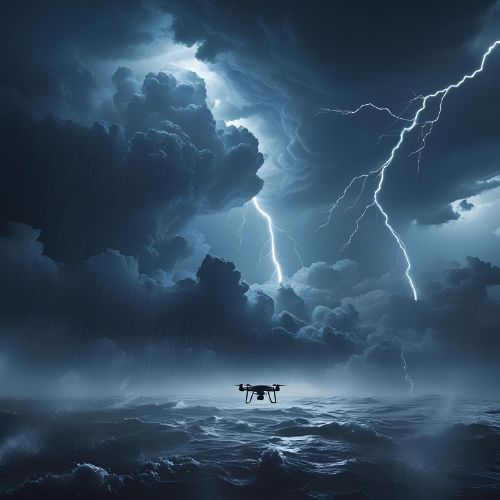Regulations across the Caribbean significantly influence drone operations, particularly in adverse weather. While each country has its own aviation authority, common themes emerge in how weather-related risks are managed.
Many Caribbean nations impose strict no-fly zones during extreme weather events, such as hurricanes and tropical storms. Authorities like the Trinidad and Tobago Civil Aviation Authority (TTCAA) require operators to seek approval for flights that may violate standard regulations, including those conducted in challenging weather. Some Caribbean regulators mandate specific drone certifications for operations in harsh conditions. Waterproofing, wind resistance, and automated recovery systems may be required for UAVs used in emergency response or maritime surveillance.
Weather-related risks increase liability concerns, leading to higher insurance premiums for drone operators. In Trinidad and Tobago, for example, proof of insurance is required for certain commercial operations. Unstable weather can disrupt drone airspace coordination, prompting regulators to implement emergency procedures. Some Caribbean nations integrate UAVs into meteorological monitoring systems to enhance weather forecasting.
Navigating these regulations requires close collaboration between governments, industry leaders, and UAV professionals to refine policies that balance safety with technological progress. Strengthening resilience standards and adaptive flight protocols will be key to ensuring drones can reliably operate in the Caribbean’s dynamic weather conditions.


